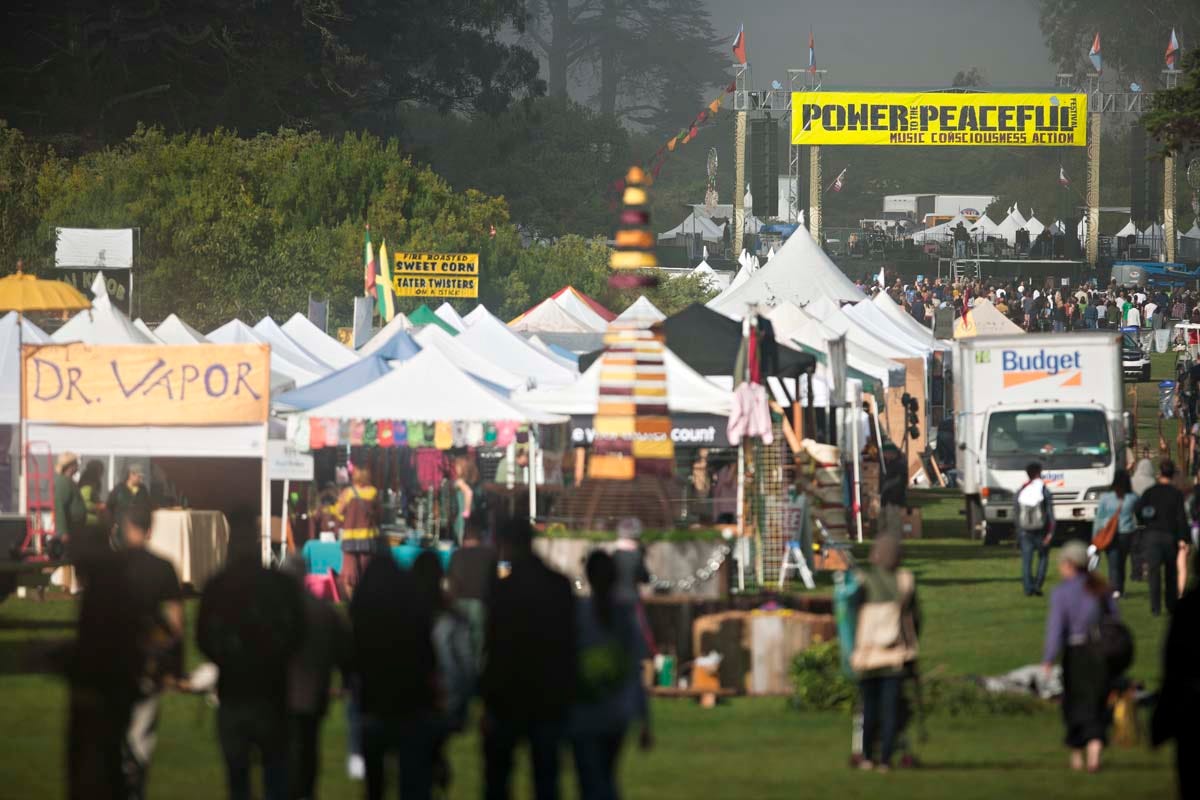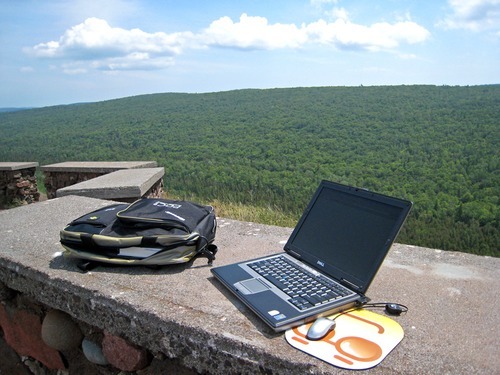This article by Joel Serino originally seen on our Medium channel at https://medium.com/think-for-yourself
Here’s to the crazy ones. The misfits. The rebels. The troublemakers. The round pegs in the square holes. The ones who see things differently. They’re not fond of rules, and they have no respect for the status quo. You can quote them; disagree with them; glorify or vilify them. About the only thing you can’t do is ignore them. Because they change things. They push the human race forward. And while some may see them as the crazy ones, we see genius. Because the people who are crazy enough to think they can change the world are the ones who do.
~ Steve Jobs, inspired by Jack Kerouac
mis·fit (n): a person whose behavior or attitude sets them apart from others in an uncomfortably conspicuous way.
synonyms: nonconformist, maverick, individualist, square peg in a round hole.
un·mis·tak·a·ble (adj): not able to be mistaken for anything else; very distinctive.
synonyms: distinctive, distinct, telltale,indisputable, indubitable, undoubted,unambiguous, unequivocal.
oc·cu·py (verb): to make the economic and political relations less vertically hierarchical and more flatly distributed.
An Unmistakable Movement
There is a movement happening. On earth, that is. A networked renaissance of sorts. It started many years ago, and has seen many stages. In 1765 we saw it rise in the media(1). In 1940 George Orwell reverberated it to The Daily Telegraph(2). In 1947, an author helped UNESCO go on record to the world to point it out(3). In his 1973 book, Common Sense II: The Case Against Corporate Tyranny, economist Jeremy Rifkin writes about it while talking about personal property(4). In more recent times, it became popularized because of a movement of global proportion; Occupy. And, people the world over are revolting each week in favor of it. It is a movement towards freedom. And, towards independence.
(1) Is it equitable that 99, or rather 999 should suffer for the Extravagance or Grandeur of one? Especially when it is consider’d, that Men frequently owe their Wealth to the Impoverishment of their Neighbours. ~ New York Gazette
(2) Apparently nothing will ever teach these people that the other 99 percent of the population exist. ~ George Orwell
(3) …think of what ninety nine percent of the human race want — food, shelter, a secure family life and to be left alone by bosses and busybodies. Unfortunately the one percent who are interested in power and ideals and ideologies are the ones who call the tune. ~ Aldous Huxley
(4)A democratic economy means more private property for 99 percent of the people of the country and less property for the 1 percent, who, up to now, have lived like royalty on the wealth the rest of us produce. ~ Jeremy Rifkin

If we could do something, what would it be?
How do we create value as human beings? Don’t we essentially contribute through our family’s lives, our friend’s, and our communities? Only as a consumer and an employee of a large corporation or government do we contribute to those institutions. Can’t other people I know, or don’t know, benefit from something that I can offer them?
Don’t we, the Crazy Ones, the Misfits, the Rebels, the Troublemakers, the Round Pegs in the Square Holes — also deserve and require a thriving local, national and global ecosystem and network to thrive in; one that helps us make a life and not a living, one based on more intentional relationships and community principles, and one that will make a lasting positive difference, in our own life, in those around us, and the world over? Many of us desire to turn the world of globalization by the few into the globalization of the many. Many of us want to equalize the class war. Many of us want to start companies and organizations and crowd funding projects and campaigns to help make this happen, through a million different ideas. Many of us do not want to start anything, but would want to work at jobs where they did. Many of us want to shape something more advanced than democracy or capitalism, something more meaningful and sustainable in our own lives. It is estimated that more than 100 million people agree.
Wait…it’s now time to go back to work and earn our living.
But, what if I were an entrepreneur? There are a million ideas and different ways to be an entrepreneur. But entrepreneurship is business, and business includes finance, and human relations, and public relations, and operations, and leadership, and technology, and product creation, and service, and legal adherence, and much, much more. And, business embodies the very thing that I am aimed at escaping.
There is a group of people that spend all year training other people to become better business people, through accelerators and incubators and workshops and seminars and conferences and online courses and books and blogs. There are a million experts. The government even provides free access to business expertise and advice. Universities and even some middle schools are great new sources of business training. There are books and models and apps everywhere. Everyone is helping everyone learn from their own mistakes. In business, and in life.
There are institutional investment programs popping up in more developed and developing countries each month, recruiting people and ideas to be later bought by the rich, their corporations and their governments.
This so-called startup ecosystem, or startup community, needs to be occupied by a more diverse set of people. Startup communities world wide are in the process of evolving. More and more entrepreneurs are being inspired and enabled to become cultural and ethical creators in the economy, or in their community, and are looking for other ways to quickly and efficiently transform new ideas into something tangible that generates income, is well designed, changes something for the better, and built to be sustainable. We need an environment that is committed to transparency and intention and accountability. We need to know what roles we can each play. And, we do not need to contribute to something we don’t believe in.
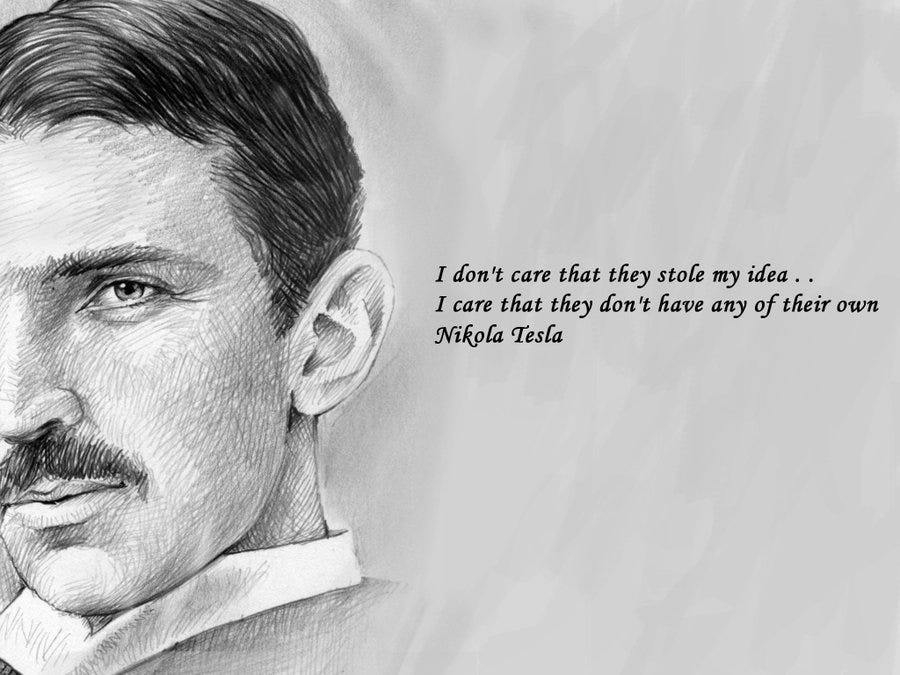
What Does This Mean For Me?
Being Unmistakable is less about making mistakes than it is about being Unmistakable in who we are, in what our intentions are, and in our actions — and leaving an Unmistakable dent in our community and the whole damn universe. We want to survive and thrive in this emerging world. We don’t want to conform to be recognized. We don’t want to compromise our values. We are not driven by money or greed. And, we require a decent income to survive in society.
We live in such a hyper-connected society today flooded with so much talent and so much noise. Talent alone won’t cut it. Whether you’re an entrepreneur, artist, musician, writer, engineer, designer, inventor or a creator of any sort — you must be Unmistakable to put your dent in the universe. It’s the only option. To create Unmistakable work, you must take risks. To change your circumstances, your community, and the world, you must cross lines, personal and professional. You must go to the point of no return.*
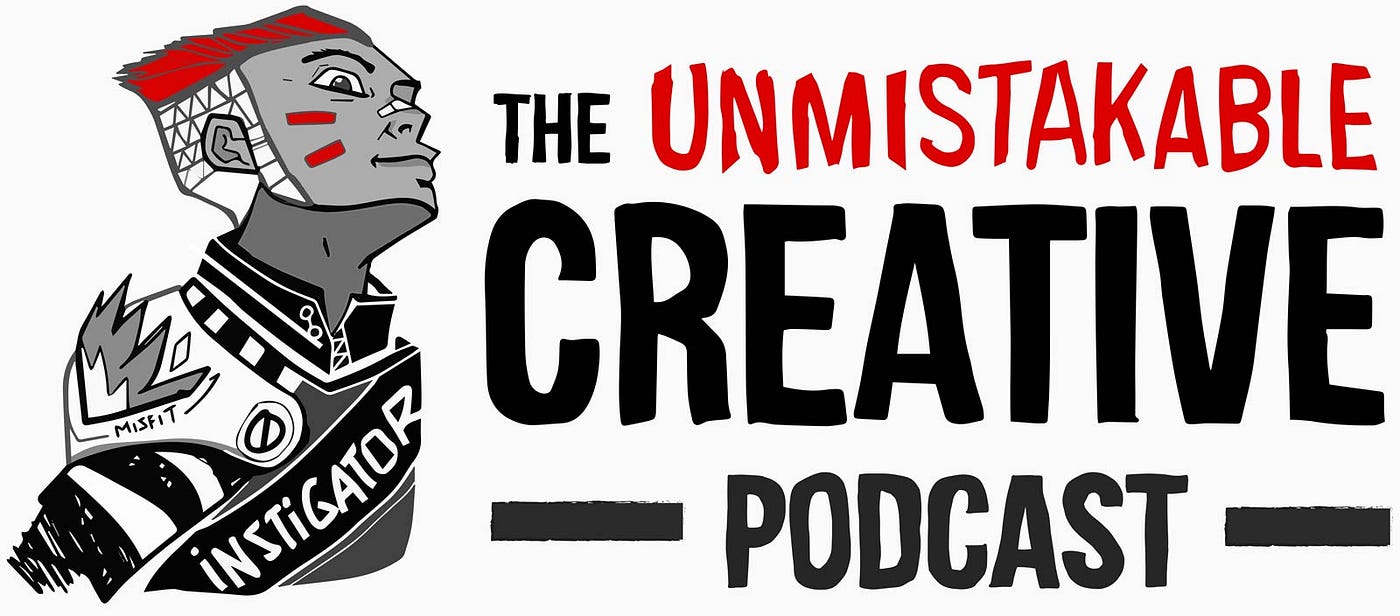
* Excerpt from the The Art of Being Unmistakable by Srinivas Rao
Who We Are
We are a group of connected individuals and businesses creating an economy of innovation and creativity. We envision a new economic engine comprised of intentional collaboration and community, in contrast to silos and secrecy. We are here to work together in an eco-system of trust with like mindedness and adequate resources. We are here to create different environments that overlap and connect and interact with each other in order to transform the culture around us.
We have built things like SproutCamp to accelerate great ideas, Occupied Wall Street and cities worldwide to stand for equality, and have spent thousands of hours with people to better understand how to build an entrepreneurial model that elevates real people from poverty, economic inequality, social injustice, and capitalistic subordination. We are looking for more of us, so we can help each other out.
We help solve problems that matter.
We look for the greatest geeks that ever lived. The ideators, the inventors, and the dreamers who never stop trying to make the world a better place, even if their ideas have been rejected time and time again by society. Then we focus our time, energy, and capital on helping them increase and sustain the world’s well being. We do this through books, content, courses, work spaces, fun spaces, programs, phone calls, emails, tweets, travelogues, board rooms and boxers. Basically information, tools, and a rich network of people and entities.
We are committed.
Misfits have always gotten the short end of the stick, even if their idea was revolutionary. We’re familiar with getting so caught up in our ideas that collecting a paycheck comes second to turning our ideas into reality. We are the type that would rather work towards getting an energy-independent washing machine in every home in West Africa than how to make a profit from it.
Bold experimentation.
We believe in experimenting boldly and doing so with the foresight and understanding that we’ll often times fail. We might fail a lot at first, but we’ll fail forward, being careful not to repeat our mistakes or the mistakes of others. With this in mind from the outset, we hope to motivate people to take risks even in the face of failure. Fail fast, fail often, and always be learning.
Find and follow our passion. Fulfill our purpose. Build a life.
There’s a wooden sign we keep in our bathroom that says “Never get so busy making a living that you forget to make a life”. Life gives you the choice…fulfill a purpose while pursuing your dreams, or settle for less and make a living. We don’t like to settle for things and are used to hard work.
Value progress over profits.
Its not easy to turn an idea into a sustainable business — especially when the idea focuses on helping others rather than profits or exit strategies. But the fact is that many of these ideas would never make it in front of a typical venture capital or investment firm. That just shows how broken our system is, and how there is a dire need for misfits, innovators, and dreamers, as well as the need for a place where we can learn together in an environment we enjoy and grow within.
Unmistakable transparency.
Hide nothing. People notoriously pretend they have all the answers. We value vulnerability over perceived confidence and are in constant search of new answers. It’s you, and me, and all of us doing this all of the time, so let’s be honest.
Empathy builds a community.
Empathy (n): “The ability to understand and share the feelings of another.”
We believe that empathy allows us to understand those who we are connecting with and it gives us the insight to learn from, mentor, equip, and resource effectively.
Generation Unmistakable. (UnGen)
We are not guided by short term thinking or driven simply by profit. We are guided by meaning, influence, and a desire to create long term value and true change in our own lives. We think in terms of our life, our families, our friends, and our generation…not in weeks or or months or years. We work for the future of ourselves and those younger than us.
Be true to ourselves.
Being in tune with who we are, what our intentions are, what values we hold most dear, and the people we set out to impact — is critical. This helps us align with the right team, design, message, partner, employee, customer and more.
No Assholes.
Only do business with people we love: individuals we admire both personally and professionally.*
* Thanks to Bob Sutton for his amazing work on building a civilized workplace and the No Asshole Rule. Are you an asshole, find out for yourself here:http://www.thenoassholerule.com/
Get it done and move on.
We believe in Relentless Focus, Boring Consistency, No Bullshit, No Meetings, Follow Ups, and Not Being an Asshole. Visit www.gyshido.com.
We are not our f@!#ing khakis.
We know that working hard is important, but balancing ourselves with our life that is not related to work is more important. Our motto is something Thomas Merton said many years ago, “Happiness is not a matter of intensity but of balance, order, rhythm and harmony.”
Born To Stand Out
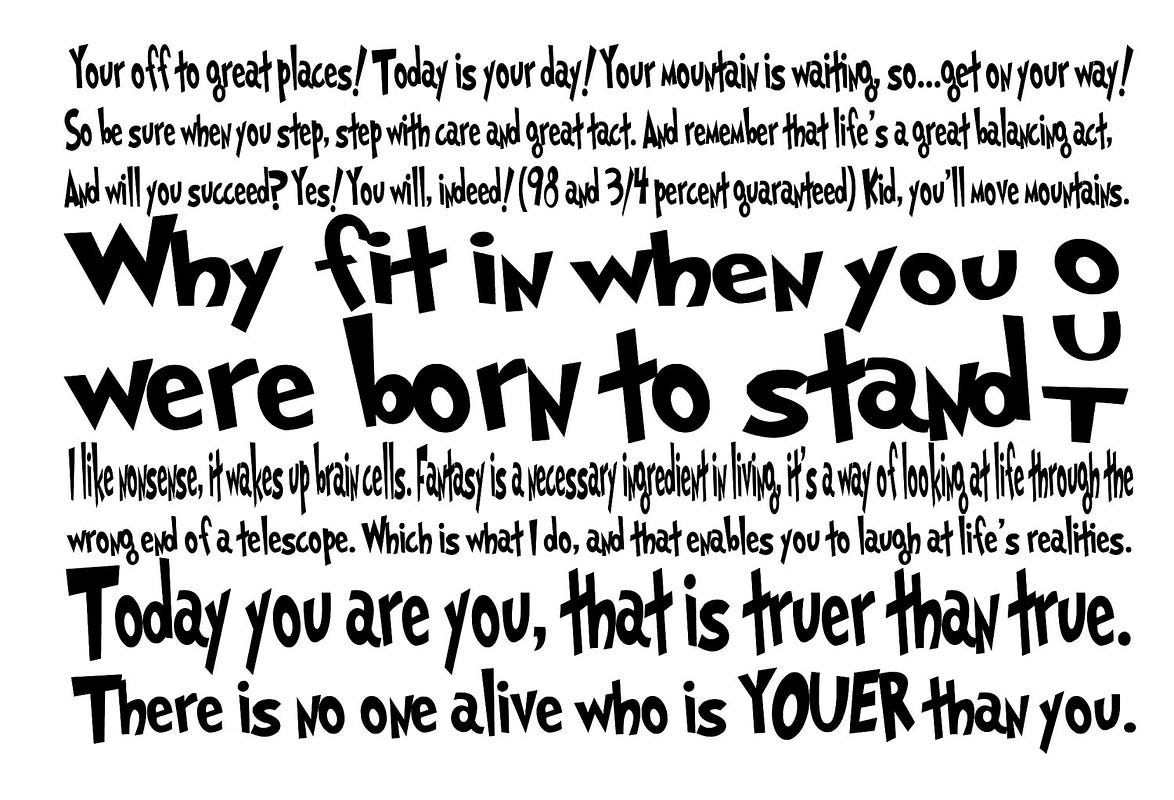
I am Unmistakable
I want to have the adventure of a lifetime. Follow an idea to the edges. And keep going. Forgo tradition. Trust MY instincts. Be who I am. Let my natural creativity and curiosity be my guide. Commit to meaningful bodies of work. Leave a dent in the universe [in this lifetime].
I am here to make a life not a living. To think for myself. And to let my journey unfold so that others may benefit. To create legendary stories. Have more fun. Redefine freedom, anytime and anyplace. Leave a bigger legacy.
I value authenticity. Engaged action. And whole process learning. Altruism & self-actualization. Idealism. Activism. Globalism. Ecology. And spirituality.
I am a creator, leader, mentor, giver, doer and all around Unmistakable Misfit.
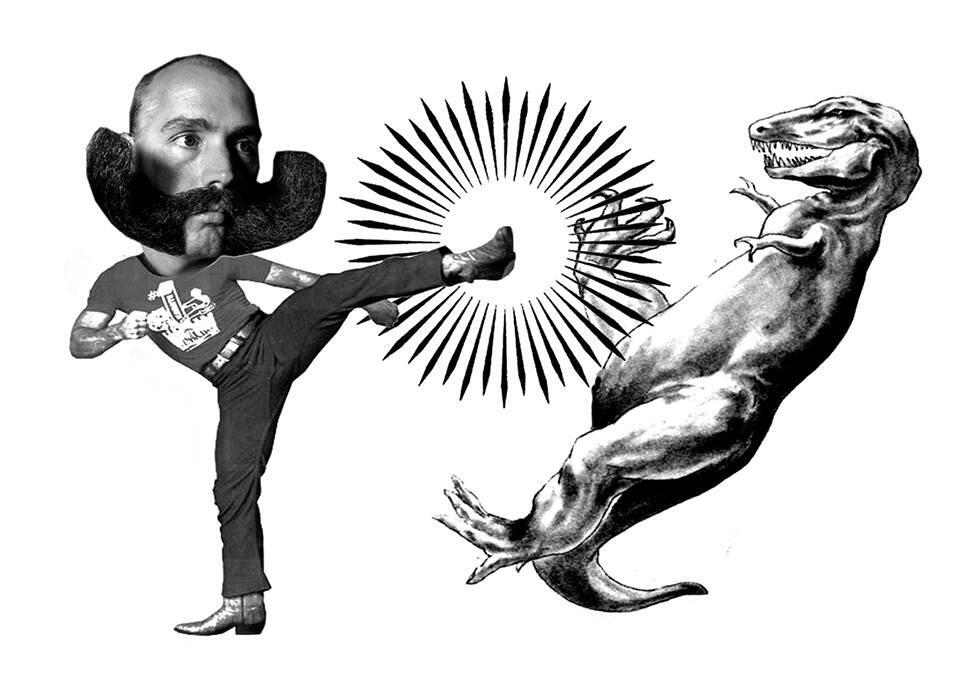
To Be Unmistakable, Then…
…really stands for the liberation of the human mind from the dominion of religion; the liberation of the human body from domination of property; and liberation from the shackles and restraint of corporations and government. Being Unmistakable stands for social order based on the free grouping of individuals for the purpose of producing real social wealth; an order that will guarantee to every human being free access to the earth and full enjoyment of the necessities of life, according to individual desires, tastes, and inclinations. This is not a wild fancy or an aberration of the mind. It is the conclusion arrived at by hosts of intellectual men and women the world over; a conclusion resulting from the close and studios observation of the tendencies of modern society: individual liberty and economic equality, the twin forces for the birth of what is fine and true in any person.
The only people for me are the mad ones, the ones who are mad to live, mad to talk, mad to be saved, desirous of everything at the same time, the ones who never yawn or say a commonplace thing, but burn, burn, burn, like fabulous yellow roman candles exploding like spiders across the stars and in the middle you see the blue centerlight pop and everybody goes “Awww!”
~ Jack Kerouac
Apple’s Think Different Campaign, circa 1997
A thank you for people, places and movements like Occupy, Impact Hub, Noam Chomsky, Good Life Project, The Misfit Economy, GangplankHQ, Unreasonable Institute, Dr. Seuss, and you.
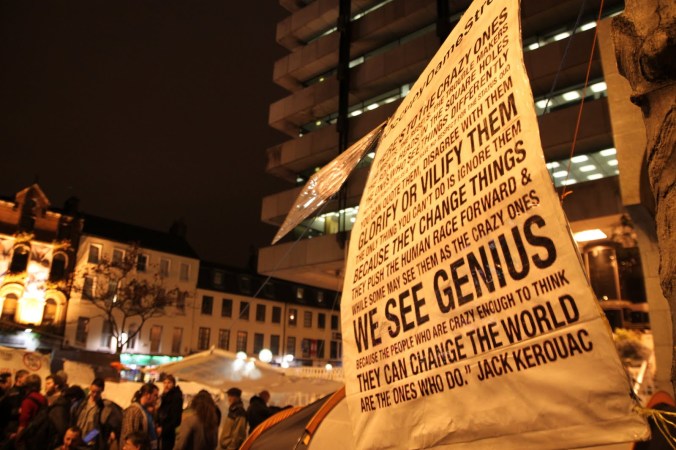
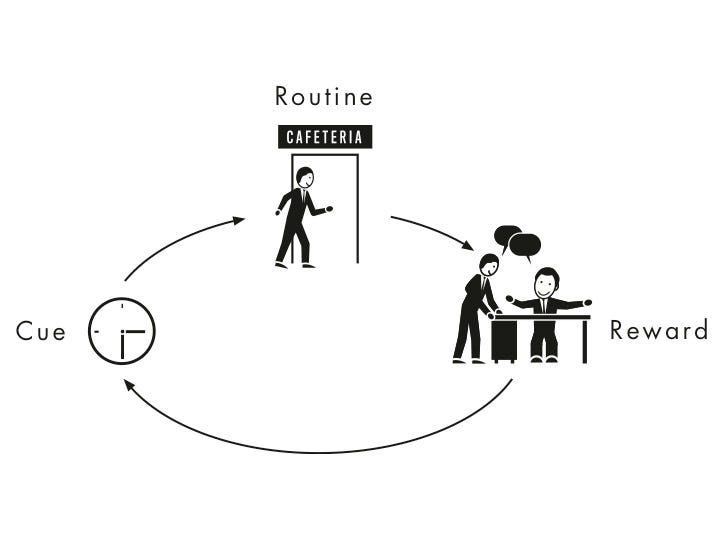
 By Nicky Poole, 889 Yoga Teacher and Yoga Community Leader
By Nicky Poole, 889 Yoga Teacher and Yoga Community Leader Map of a Whole New Mind by Austin Kleon
Map of a Whole New Mind by Austin Kleon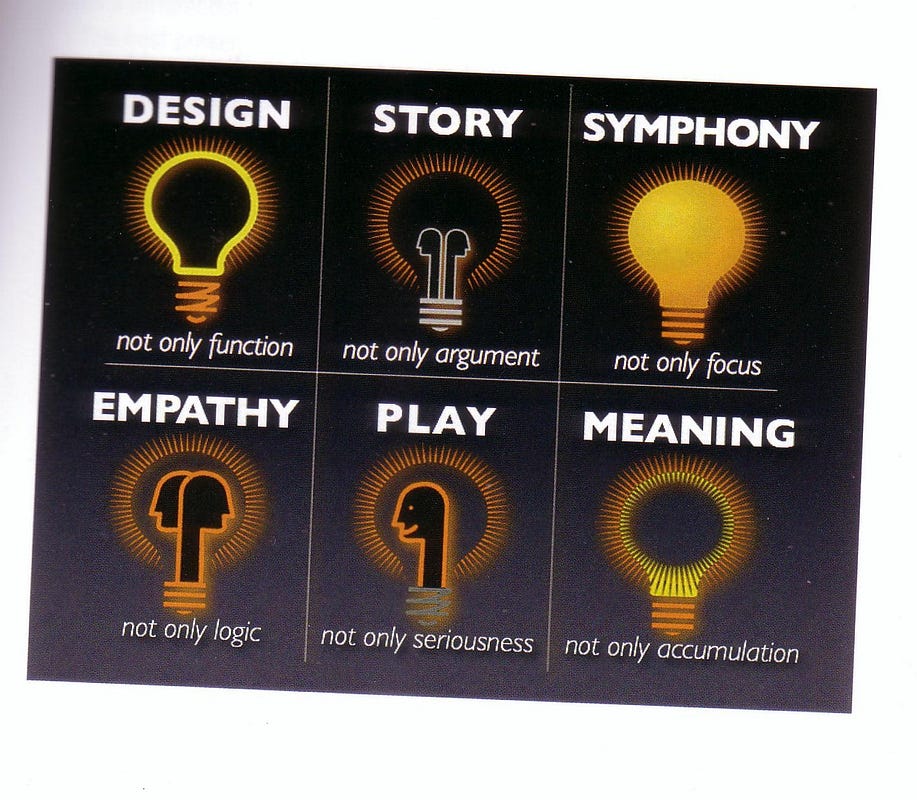
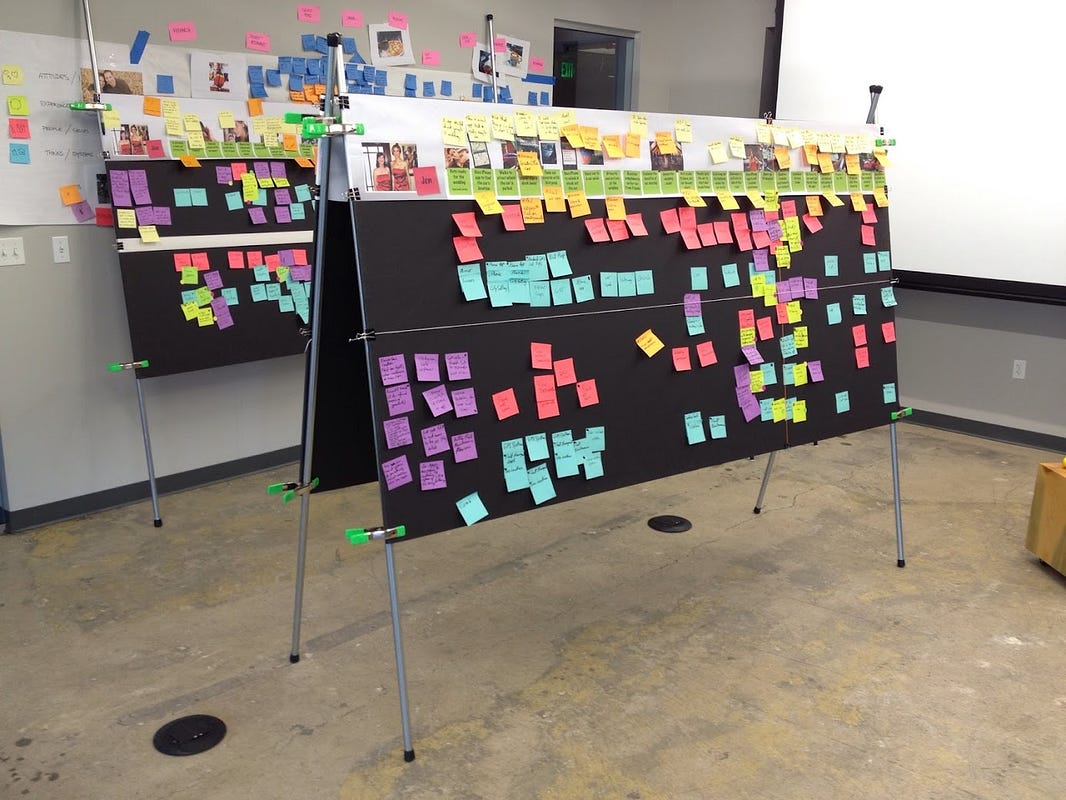 designingcx.com
designingcx.com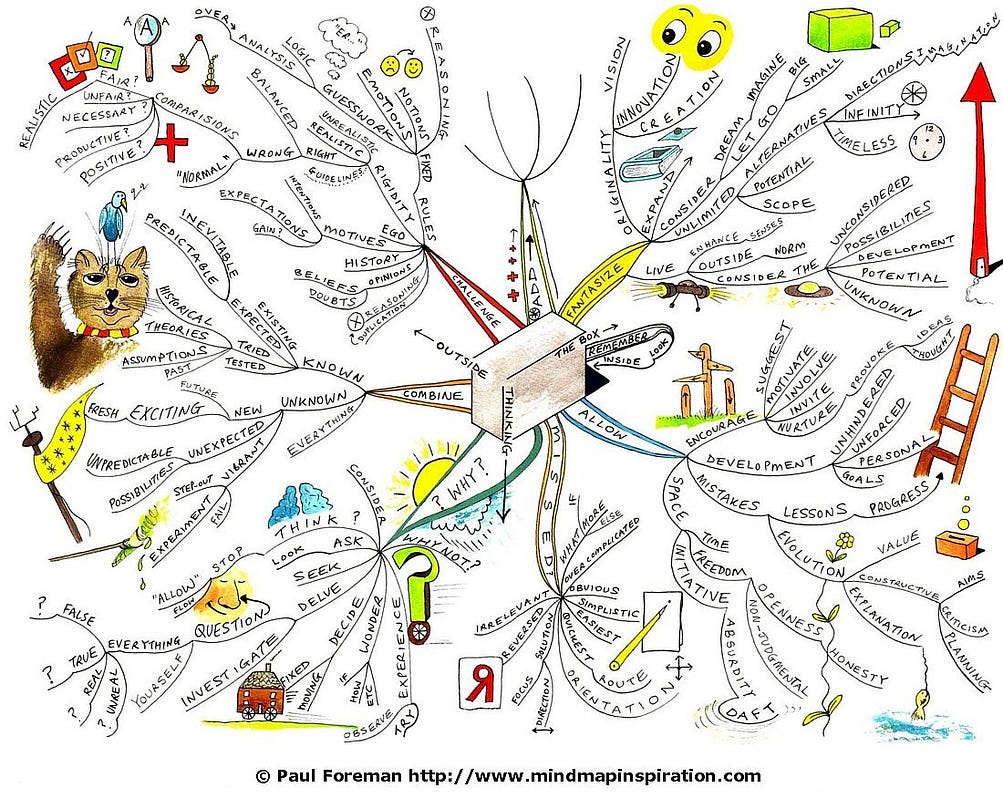 Paul Foreman
Paul Foreman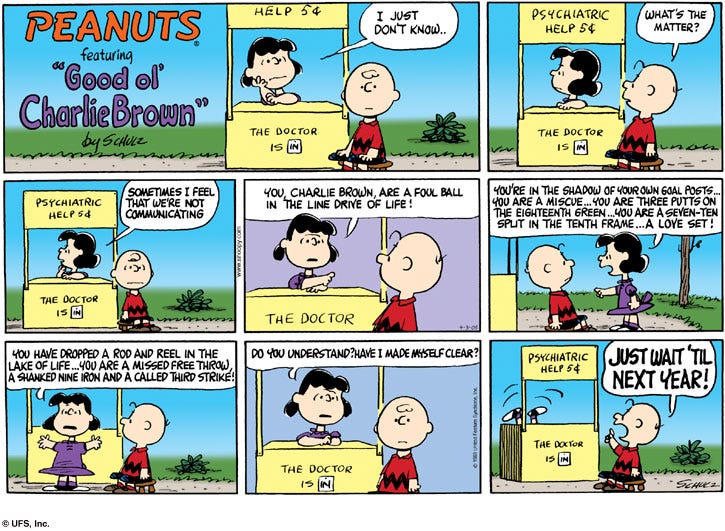 Charles Schulz
Charles Schulz Photo by Mark Lehigh
Photo by Mark Lehigh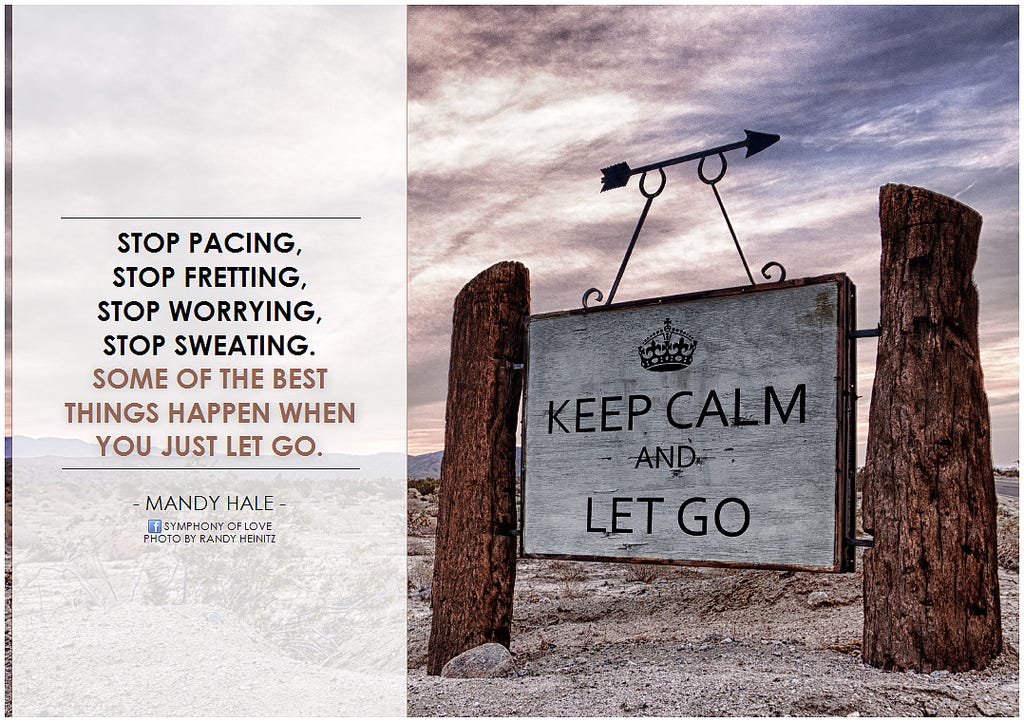 Photo by
Photo by 